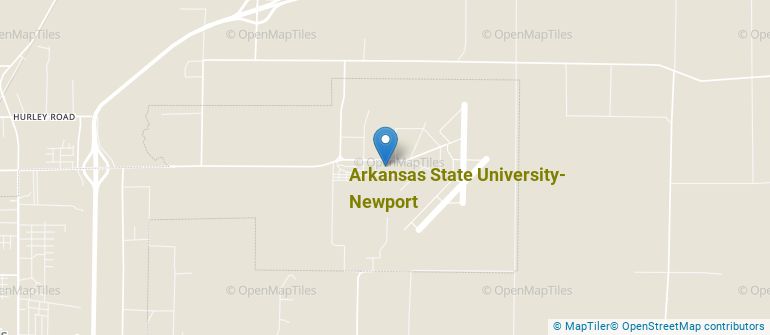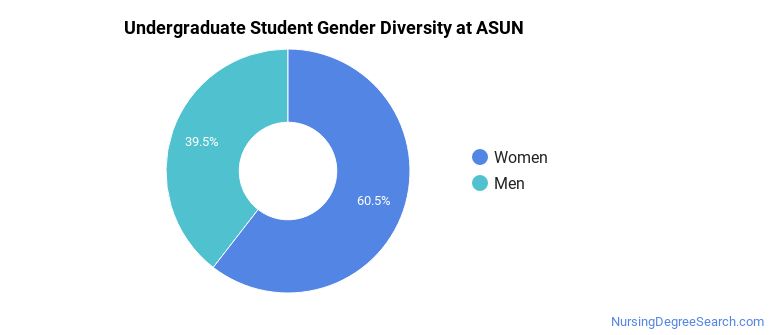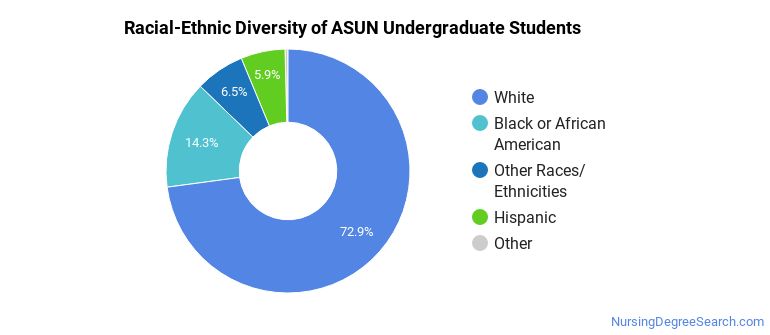Arkansas State University - Newport Nursing Programs
Arkansas State University - Newport is a public institution situated in Newport, Arkansas. The rural area surrounding the school is great for students who prefer living in a country setting.
Where Is Arkansas State University - Newport?

Contact details for ASUN are given below.
| Contact Details | |
|---|---|
| Address: | 7648 Victory Blvd, Newport, AR 72112 |
| Phone: | 870-512-7800 |
| Website: | www.asun.edu |
How Do I Get Into ASUN?
You can apply to ASUN online at: https://www.asun.edu/getstarted
Can I Afford Arkansas State University - Newport?
Student Loan Debt
Almost 66% of college students who graduated with the class of 2018 took out student loans, but that percentage varies from school to school. At ASUN, approximately 13% of students took out student loans averaging $5,190 a year. That adds up to $20,760 over four years for those students.
Arkansas State University - Newport Undergraduate Student Diversity

Gender Diversity
Of the 767 full-time undergraduates at ASUN, 40% are male and 60% are female.

Racial-Ethnic Diversity
The racial-ethnic breakdown of Arkansas State University - Newport students is as follows.

| Race/Ethnicity | Number of Grads |
|---|---|
| Asian | 1 |
| Black or African American | 110 |
| Hispanic or Latino | 45 |
| White | 559 |
| International Students | 2 |
| Other Races/Ethnicities | 50 |
Over 3 countries are represented at ASUN. The most popular countries sending students to the school are Pakistan, Morocco, and Nigeria.
Arkansas State University - Newport Nursing Concentrations
The table below shows the number of awards for each concentration.
| Major | Basic Certificate | Associate’s | Undergraduate Certificate | TOTAL |
|---|---|---|---|---|
| Nursing Assistant/Aide and Patient Care Assistant/Aide | 103 | 0 | 81 | 184 |
| Licensed Practical/Vocational Nurse Training | 0 | 0 | 83 | 83 |
| Registered Nursing | 0 | 80 | 0 | 80 |
| TOTAL | 103 | 80 | 164 | 347 |
References
*The racial-ethnic minorities count is calculated by taking the total number of students and subtracting white students, international students, and students whose race/ethnicity was unknown. This number is then divided by the total number of students at the school to obtain the racial-ethnic minorities percentage.
More about our data sources and methodologies.
